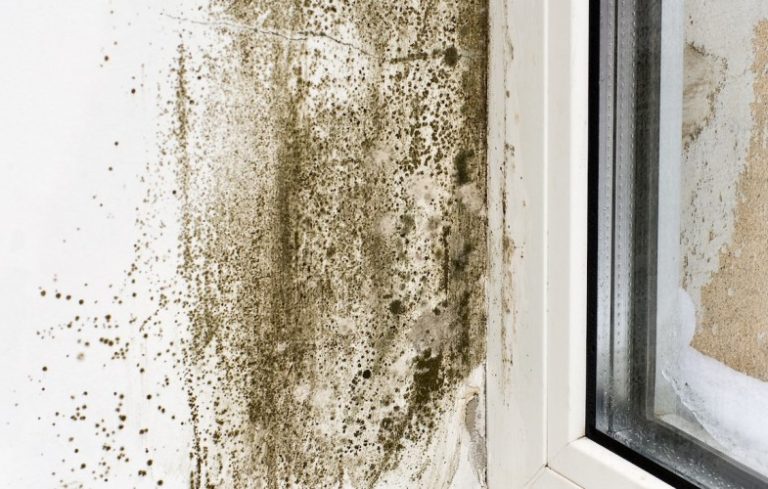Keeping homes safe is at the top of the to-do list for any homeowner so it’s important to know what kinds of toxins can potentially be in your home without being aware. This year, March 19th-25th is Poison Prevention Week, a time to remember to cleanse your home of unwanted and potentially toxic substances. Some toxins, like radon, are area specific, depending on the amount of uranium below the surface of the earth and can be mapped out. Others, like carbon monoxide and mold, can silently reside in a home with little to no indication. Maintaining an overall healthful home environment requires diligence, a little know-how, and knowing when to contact a professional.
Why should I check my home for toxins?
Exposure to mold can cause respiratory problems as well as allergic reactions, though some types of mold can be dangerous. Carbon monoxide, at low levels, can cause dizziness and nausea, but can be fatal if left unattended. Asbestos and radon both are attributed to causing cancer. Asbestos causes mesothelioma, a rare type of cancer, and radon is the leading cause of lung cancer among non-smokers.
Is my area predisposed to having toxins in the environment?
Unfortunately, most areas have the potential to contain both mold and asbestos, however particularly moist climates are more disposed to mold growth. Carbon monoxide is a byproduct of burning fuel, so things like heating systems, stoves, and water heaters should be checked yearly by a professional. Radon, as a naturally occurring gas that results from the breakdown of uranium under the earth’s surface, is more common in certain areas. Check this map to see if your location is more disposed to radon exposure.
Should I handle poisons myself or hire a professional?
While checking your home for toxins, there’s a fine line between what can be handled yourself and when a certified professional is needed.
For instance, mold that grows in everyday places like in the shower or on the floor can likely be cleaned by the homeowner, but if it’s found growing on drywall or subflooring, it can indicate a deeper issue and a call to a professional is recommended.
Asbestos, used in many different building products, is usually found in homes built before the 1980’s. If a problem arises and you’re concerned it has been disturbed or are preparing for a remodel, contact a licensed professional to assess your home. Asbestos removal should never be handled on a DIY basis, as there are very stringent procedures for abatement.
Radon and carbon monoxide are both gaseous toxins that are odorless and can be found in homes with no warning. The best preventative for carbon monoxide is a CO detector, checked for battery life regularly. Radon, on the other hand, can be detected with test kits that are sold at hardware or home improvement stores. If your carbon monoxide alarm sounds, call your local fire department and open windows and doors to help dissipate the poison. Radon can be eradicated with a radon reduction system, reducing the amount by up to 99%.
The rule of thumb when purging your home of toxins is if you’re not sure, contact a professional who is sure. It is always better to be safe than to potentially negatively affect your health and the health of those around you. By taking precautions to make sure your home is free of mold, asbestos, radon and carbon monoxide, you can rest easy knowing your home and family are safer.
If you need help removing mold from your home:




